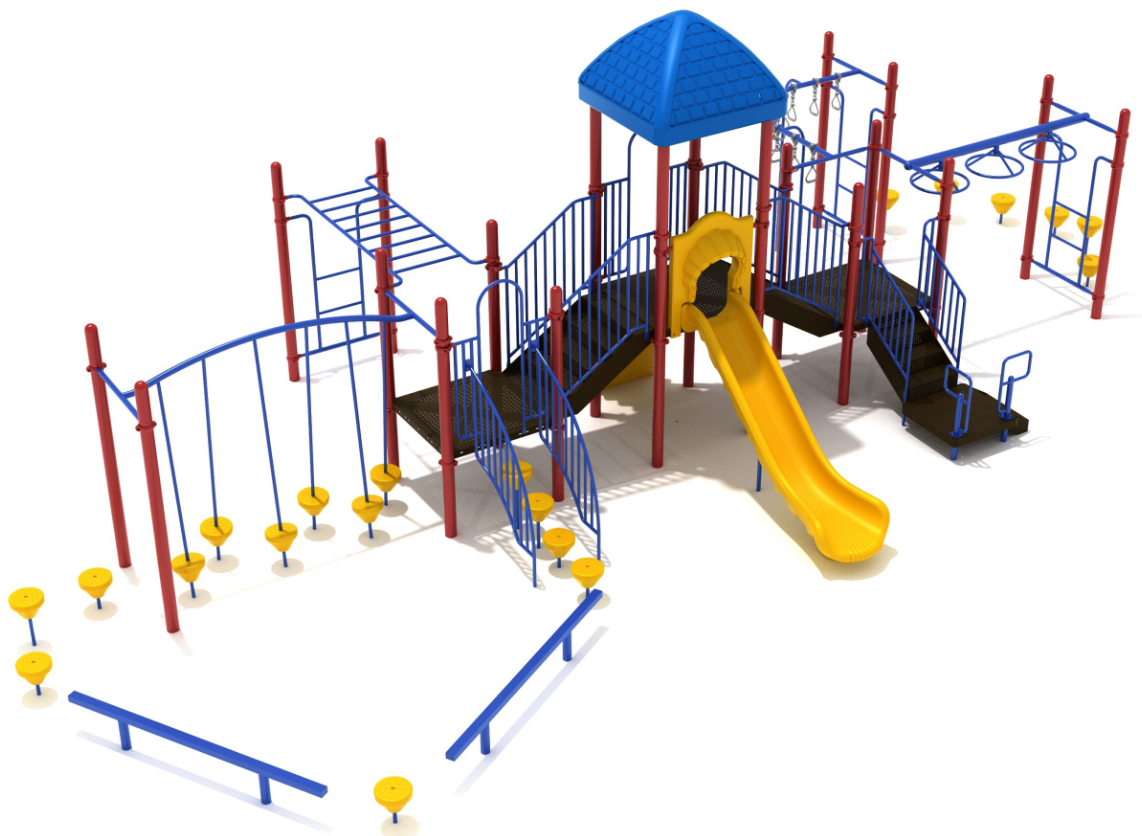Introduction to Team Play and Playground Design
Encouraging team play through the use of commercial playground equipment can significantly influence the social and cognitive development of children. Team play fosters collaboration, communication, and problem-solving skills among young participants. By strategically designing playgrounds with this in mind, communities can create environments that promote cooperative play.
Designing for Collaboration
Multi-User Play Structures
Incorporating equipment that requires multiple users can naturally promote teamwork. For instance, seesaws, cooperative swings, and multi-person climbers necessitate children to work together to use them effectively. Such structures encourage children to communicate and coordinate their actions, which are essential teamwork skills.
Adventure Trails and Relay Courses
Adventure trails and relay courses that involve a series of interconnected activities can promote team strategies. These courses require groups of children to complete tasks that depend on each other's success, teaching them the value of working together towards a common goal.
Interactive Game Features
Integrating game features like puzzle-solving or treasure hunts within playground equipment can engage multiple children in collaborative problem-solving. These types of games can be embedded into the playground design, such as mazes that require teamwork to navigate successfully.
Sports-Themed Equipment
Incorporating sports-themed equipment, such as basketball hoops, soccer goals, and tetherball, provides children with a structured way to engage in team sports. This not only helps in developing physical skills but also teaches important social skills like taking turns, celebrating victories, and handling defeats gracefully.
Social Interaction Spaces
Gathering Areas
Creating designated areas for children to gather and plan their activities can foster a sense of community and teamwork. Benches, picnic tables, and shaded areas close to the playground allow children to discuss and strategize their play activities or simply socialize and make new friends.

Amphitheaters and Performance Stages
Including amphitheaters or performance stages in playground designs encourages group activities such as plays, dances, or choir performances. These facilities support team efforts and are excellent for hosting school and community events, promoting broader social interactions.
Inclusive Design for Diverse Needs
Inclusive Play Equipment
Ensuring that playground equipment is accessible to children of all abilities is crucial for fostering an inclusive environment where teamwork can thrive. Equipment such as wide ramps for wheelchairs, tactile elements for the visually impaired, and auditory games for the hearing impaired ensure that every child can participate in team activities.
Sensory Integration Play
Incorporating sensory integration tools like sand and water play stations can engage children in cooperative sensory exploration, where teamwork can help in creative constructions and experiments.
By utilizing these design strategies and integrating specific types of commercial playground equipment, playgrounds can become dynamic spaces that enhance team play and social interactions among children. This approach not only maximizes the developmental benefits of play but also helps in building a foundation of teamwork skills that children will carry with them throughout their lives.
